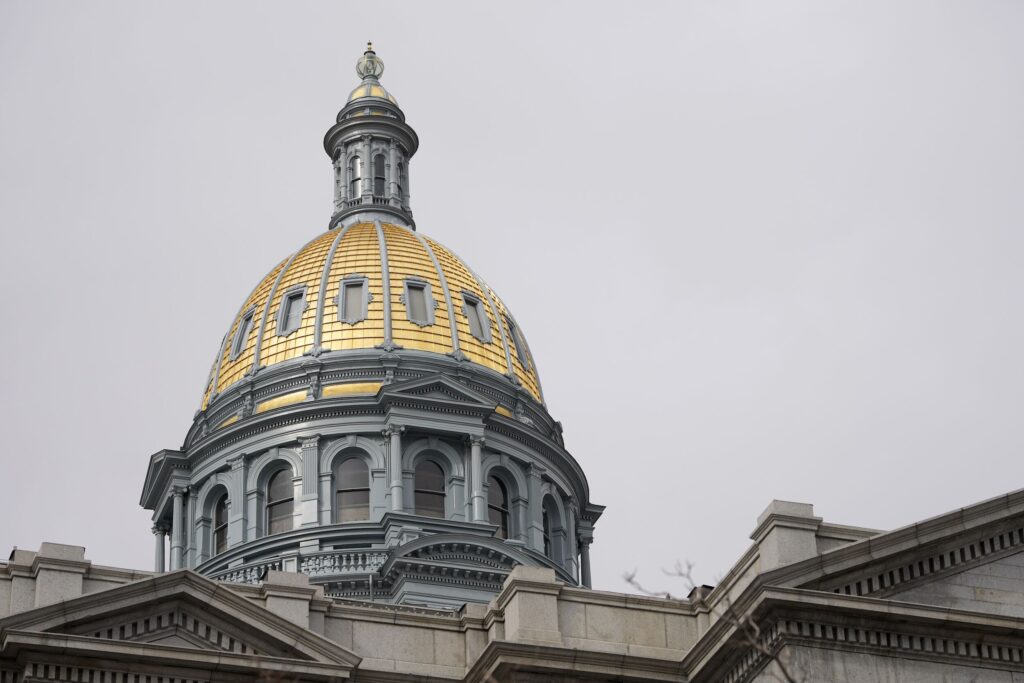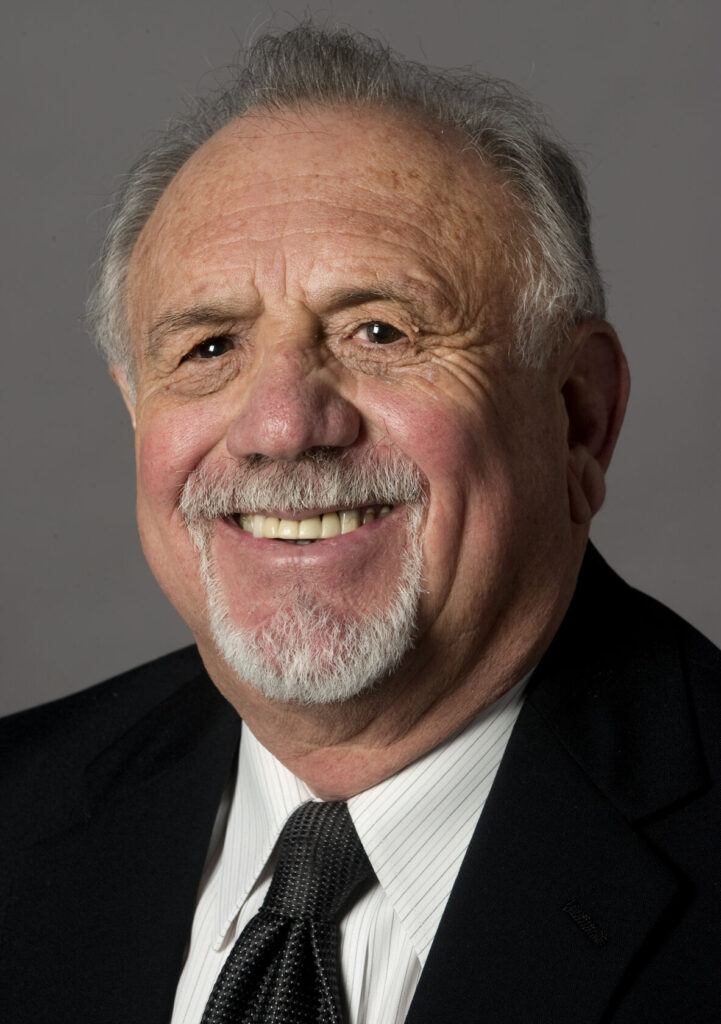CRONIN & LOEVY | Safe or competitive — what district are you in?


Ballots for the June 28 primary elections in Colorado will be mailed to voters in about three weeks (the week of June 6). That means now is the time for you to start preparing to cast a “meaningful” vote in those elections.
By a meaningful vote, we mean a vote that will actually help to decide who will represent you in elected offices in the future. As we will show, not all votes that voters cast are meaningful votes. Many are cast in elections with predetermined outcomes no matter how citizens vote.
We are talking here about the Colorado state legislature – the state Senate and the state House of Representatives – which have just been redistricted into new legislative districts. The redistricting process divided the legislative districts, in both the state Senate and the state House, into three categories: “Safe-Democratic”, “Safe-Republican,” and “Competitive Districts” (that can be won by either political party).
To vote effectively, you are going to need to know which one of the three types of districts you live in and vote in. You will have to do this for both houses of the state legislature.
Yes, this newspaper column requires some civic homework!
At your desktop or laptop computer, search on a web browser “Find Your Legislator/Colorado General Assembly.” That will take you to the state government’s interactive maps that enable you to find which state Senate and state House districts you live in. Move the map around with your cursor until it is roughly over your city or county. Then enlarge the map using the plus and minus tabs in the upper left-hand corner of the screen. Street and road names are a little difficult to read but stick with it and you will eventually find your state Senate and state House district numbers.
Then search “Bob Loevy home page” and click on A6, “Legislative Races-2022.” Using your newly discovered legislative district numbers, you can easily find out whether your state Senate district and state House district are Safe-Democratic (blue), Safe-Republican (red), or Competitive (white).
If your state Senate or state House district is Safe-Democratic
If you have been redistricted into a Safe-Democratic seat, you will not have a meaningful vote to cast in the general election. More than 90% of the time, the seat will always go Democratic in the general election. That after all is the definition of a Safe-Democratic seat. No matter how the mood of the voters may be shifting from one party to another, there is a high probability that this particular seat will always be Democratic.
Your interest, then, should shift to the Democratic primary election coming up this June 28. If there are two or more contenders for the Democratic nomination, that will be an election in which you can cast a meaningful vote, provided you are either a registered Democrat or a registered unaffiliated voter.
If you are a registered Republican living in a Safe-Democratic seat, it is unlikely there will be a Republican primary due to the great difficulty of the GOP nominee winning the general election in November.
If your state Senate or state House district is Safe-Republican
The same rules that apply to a Safe-Democratic seat apply to a Safe- Republican seat. Your vote in the general election in November will not be meaningful because the Republican candidate will win almost all the time. That should shift your major voting interest to the Republican primary next month. If you are a registered Republican or a registered unaffiliated voter, you can cast a meaningful vote in the Republican primary and have a real impact on who is elected your state legislator.
Tough luck if you are a registered Democrat living in a Safe-Republican state Senate or state House district. Your vote in the general election will be meaningless (the Republican candidate always wins). You will not be able to vote in the Republican primary (which will be the meaningful and determining election).
As a result of the 2022 redistricting in Colorado, 73 of the 100 seats in the Colorado state Senate and state House have been drawn either Safe-Democratic or Safe-Republican. That means that 73% of Colorado voters will not be casting a meaningful vote in the general elections next fall for the Colorado state Senate and state House.
If your state Senate and state House seat is Competitive
The 2022 redistricting put 27% of Colorado voters in Competitive Districts when voting for their state senator or state representative. These are districts drawn in such a way that either the Democratic candidate or the Republican candidate can win them.
This limited number of voters will be able to cast meaningful votes for the state legislature in the general election in November. In fact, these are the voters who will determine whether the Democratic or Republican parties gain majority control of the state Senate and the State House in a decade of elections from 2022 through 2030.
Competitive District voters should take their enhanced electoral powers seriously. They should make an extra effort to get out to vote. They should learn about the various party candidates running and their qualifications for serving in the legislature.q
Competitive District voters also can participate in the upcoming party primary elections in June. Good judgment there will be as important as in the general elections next November.
Things to keep in mind
Remember to get the district number for both your state Senate seat and your state House of Representatives seat.
Colorado state senators serve four-year terms, so only half of them come up for election every two years. Your state senator may be a holdover who does not come up for reelection until 2024.
Sometimes there is no party primary because only one candidate has filed for the state Senate or state House seat. This often happens when a popular incumbent state senator or state representative runs for reelection.
Do your homework. Take the time to inform yourself about Colorado elections for the state Senate and the state House of Representatives. You’ll be a more effective voter if you know whether you live in a Safe-Democratic, Safe-Republican, or Competitive District.
Tom Cronin and Bob Loevy write about national and Colorado politics. Bob Loevy served on the state Legislative Redistricting Commission following the 2010 census.












